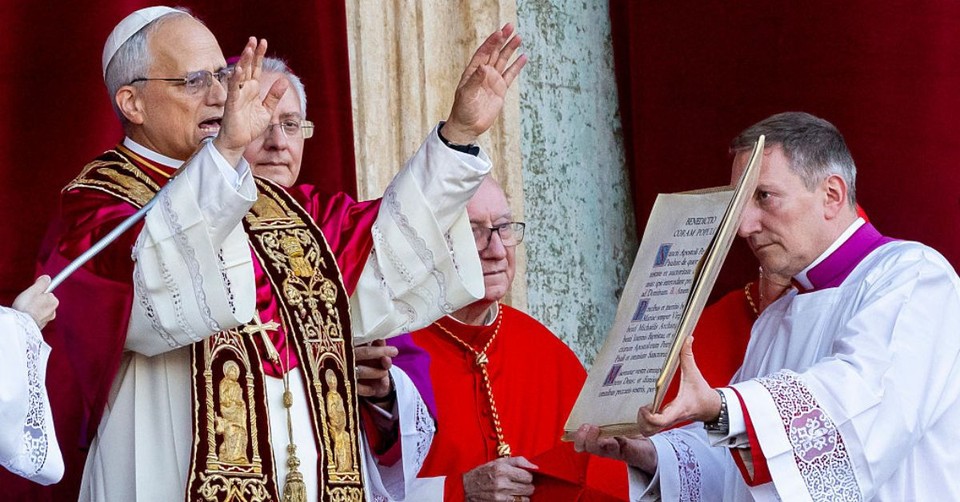The Powerful Symbolism behind Pope Leo XIV's Name and Papal Attire

The crowd stood shoulder to shoulder in front of the balcony on St Peter's Basilica on Wednesday as they awaited the appearance of the new pope. Flags symbolizing various countries were waving, people were cheering, and a broad smile crossed the face of every attendee. Some people even waved and jumped enthusiastically as they witnessed history in the making.
The Meaning behind the Name Pope Leo XIV
After the pope emerged, his new name, Pope Leo XIV, was announced. This particular tradition is borrowed from Biblical accounts of God changing the names of several individuals as they were getting ready to step into a new season in their life, or move in a new direction. In Genesis 17:5, Abram became Abraham, and in Genesis 17:15, Sarai became Sarah. After wrestling with an angel all night long, Jacob became Israel in Genesis 32:22-28. Jesus' disciple Simon became Peter in Matthew 16:17-19. It's the account of Simon's name being changed to Peter, in particular, that Catholics take the tradition of the pope choosing a new name, according to Vatican News.
Reactions and Historical Significance
During the live stream, Father Martin said he had the opportunity to meet American-born Cardinal Robert Francis Prevost during the fall synod. Martin described Prevost as very down-to-earth, very forthright, modest, reserved, humble, kind and very, very approachable and highly qualified.
"I think all Catholics who are listening should feel happy and comfortable and grateful for this tremendous choice," he said.
Martin also said he believed that Prevost chose the name Pope Leo XIV because he was aligning himself with the tradition of the Catholic social teachings of Pope Leo XIII.
Pope Leo XIII is best remembered in Catholic history during the years of 1878 – 1903 for laying out the foundation of modern Catholic social teaching, which included social justice for workers and laborers around the world, according to ABC News live stream commentator Joe Torres.
Pope Leo XIII was also very much a fan of the writings of St. Thomas Aquinas, according to Britannica. At the same time, he encouraged devotion to Mary, the earthly mother of Jesus.
"Pope Leo XIII was the first pope to address a particular set of letters to the church in the United States," NBC News' senior Vatican analyst George Weigel told NBC News' Lester Holt during a live stream picked up by Today.
"He was a great supporter of the church in the United States," Weigel added. "And there would be certain symmetry to a pope, Leo XIV, coming from the United States."
Information regarding Pope Leo XIII and the letters can be viewed here.
"I think this pope is saying something about social justice by choosing this name, that it is going to be a priority. He is continuing a lot of Francis' ministry," Natalia Imperatori-Lee, the chair of religious studies at Manhattan University in the Bronx, told NBC News New York.
She added that this could be especially significant for the United States because of the profound divide between conservatives and liberals, especially since the liberals have tended to hold strong oppositions to Francis.
Symbolism in Papal Garments
ABC News Chief International Correspondent James Longman said during the live stream on Wednesday that he had the opportunity to speak with the tailor who made the garments for the new Pope. He said the 33 buttons down the front of the top white vestment symbolize every year for which Christ lived.
In general, red (in this case, the red shoulder cape) is symbolic of love, charity, sacrifice, and martyrdom, according to (Terra Sancta Museum).
The red scarf (or stole) with the gold colored thread is symbolic of the New Testament's four gospels – Matthew, Mark, Luke and John, Reverend Bruce Morrill, theology professor at Vanderbilt University told USA Today.
Photo Credit: ©Getty Images/Marco Mantovani/Contributor

Originally published May 09, 2025.







